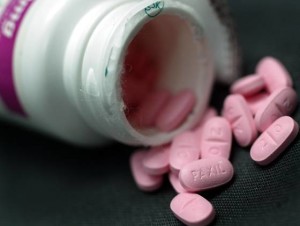Relationship With Patient Can Determine Treatment Success
Aaron Levin
Aaron Levin
Researchers have developed the first accurate tool for measuring bipolar recovery which takes into account the personal experiences of people living with the disorder.
The Lancaster University-led research team worked with people with bipolar disorder and clinicians to develop the 36 item bipolar recovery questionnaire (BRQ) to reflect changing attitudes to what counts as ‘recovery’ in a severe mental illness such as bipolar.
The questionnaire, which was then tested by 60 people with bipolar, focusses on personal definitions of recovery rather than symptom reduction and relapse prevention. It is the first self-report tool specifically designed to capture the subjective experience of recovery in individuals with bipolar disorder.
In tests it has proved to be a reliable tool, higher BRQ recovery scores were associated with lower depression and mania scores as well as higher wellbeing, better functioning, better mental health quality of life and personal growth.
The results of the study are published this month in the Journal of Affective Disorders.
Professor Steven Jones of Lancaster University’s Spectrum Centre – a bipolar research centre dedicated to research which can improve the day to day lives of people living with this condition – – led the work.
He said: “The importance of personal recovery, rather than recovery as defined by an expert, in mental health is increasing widely recognised.
“But until now there has been no measure available to assess recovery experiences in individuals with a diagnosis of bipolar disorder.
“For some people recovery means getting back into the gym for the first time in five years, for others it is rebuilding successful relationships with family or getting back into paid work.
Click here to read more.
 11:40PM EST December 2. 2012 – Asperger’s is out, but binge eating and hoarding are in as official mental disorders in the latest version of the diagnostic bible published by the American Psychiatric Association, following a weekend vote by its board.
11:40PM EST December 2. 2012 – Asperger’s is out, but binge eating and hoarding are in as official mental disorders in the latest version of the diagnostic bible published by the American Psychiatric Association, following a weekend vote by its board.Eliminating the mild form of autism known as Asperger’s syndrome per se and including it as part of the autism spectrum disorder. To read more, click here.